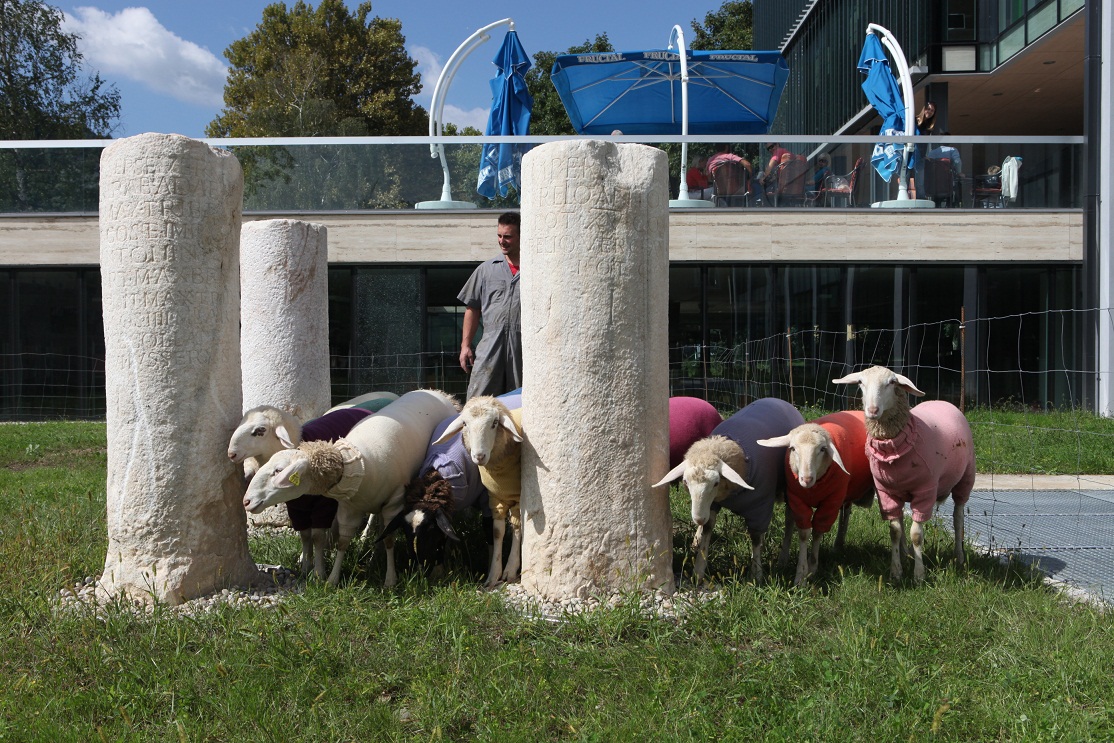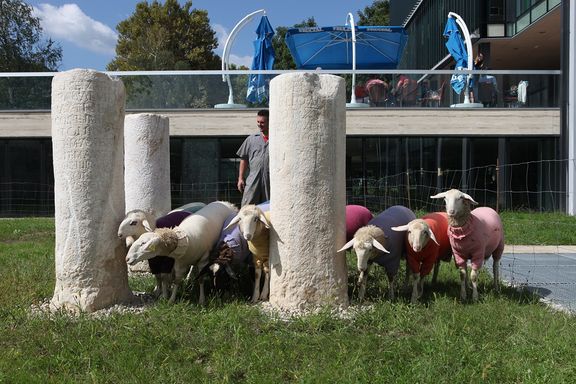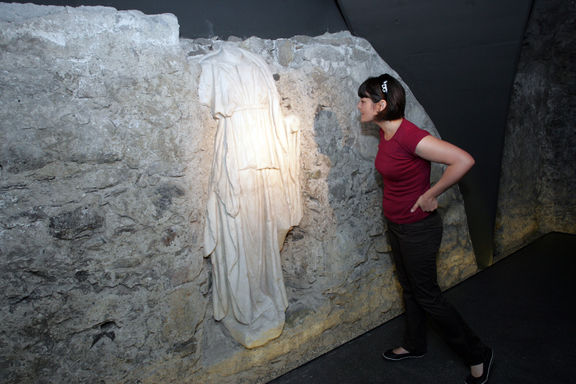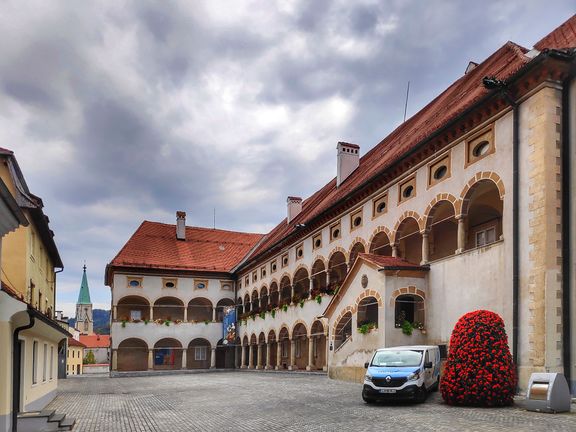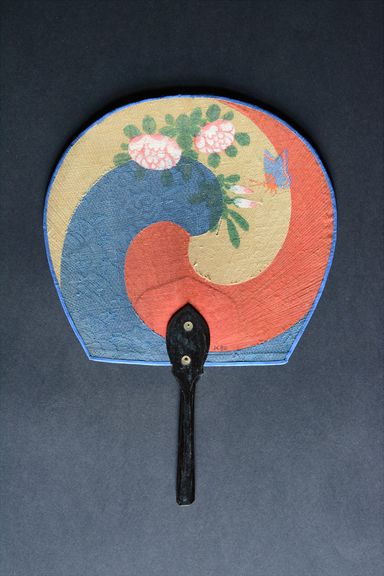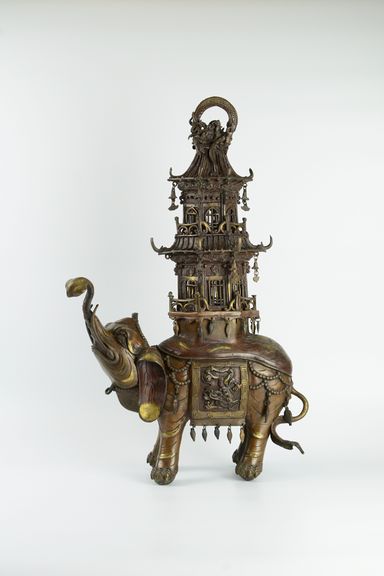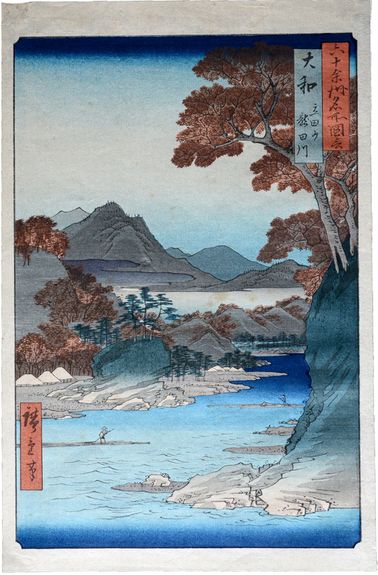Celje Regional Museum
Past events
-
to
15 Sep 2023
23 Nov 2023
GermanyFrankfurt am MainHaus am Dom – Katholische Akademie Rabanus MaurusFrankfurt Book FairExhibition "Alma Maksimilijana Karlin - Authoress", showcasing the writer's life and work. In the scope of Slovenia – Guest of Honour Country at the Frankfurt Book Fair 2023 and made possible by Municipality of Celje, Slovenian Book Agency, Celje Regional Museum, Celje Museum of Recent History and Slovene Ethnographic Museum.
-
to
16 Sep 2021
18 Jan 2022
AustriaViennaWeltmuseum WienAlma M. Karlin - Alone Around the World, an exhibition prepared by the Celje Regional Museum, supported by the Ministry of Culture and Embassy of the Republic of Slovenia in Vienna
-
to
5 May 2015
12 May 2015
CroatiaKrapinaPučko otvoreno učilište KrapinaABC Arhivska Barbara Celjska, an exhibition from the collections of the Historical Archives Celje and Celje Regional Museum
Permanent exhibitions in Celje
The Old Counts' Mansion
There are The Cultural History Collection, From the Gothic to Historicism in Steps (accommodated for visually-impaired visitors), and the Journeys of Alma M. Karlin exhibitions as well as the in situ Celje Ceiling and Lapidarium. A Roman lapidary collection in the cellars of the Old Counts' Mansion is supplemented with the outdoor lapidary collection of architectural remains of public and private buildings and a rich collection of milestones.
In the Major Hall, the famous Celje Ceiling in tempera on canvas (14.45 x 9.7m) is a singular example of secular painting from the turn of the 16th and 17th centuries in Slovenia. The museum also houses important Renaissance, Baroque, Rococo, Classicist, Empire, Biedermeier, and Historicist paintings, sculpture, frescoes, furniture and furnishings, clocks, miniatures and portraits. One of the highlights of the Celje Regional Museum's permanent exhibition is the glass case with the skulls of the notorious Counts of Celje, previously buried beyond the main altar of the Church of St Mary.
The ethnological collection on the ground floor features a wide spectrum of exhibits belonging to the material and spiritual culture of the population of the wider Celje region (ploughing implements, small agricultural tools, milk processing implements, accessories for processing flax and wool, small kitchen utensils, lights and textiles, woodworking products) as well as a collection of folk art.
The museum has over 370 beehive panels from the Zadrečka dolina and Savinja valleys. The numismatic collection covers an area of 60 square metres and the period from the Late Iron Age until the 20th century. Celje is the only town in Slovenia that had its own mint twice in the course of two millennia (in the 1st century BCE under the Celts and again in the 15th century). The collection of old Savinja ceramics in the museum is one of the most exquisite and richest collections in Slovenia; it presents products from various ceramic factories established in the 19th century.
A special area on the ground floor of the Old Count's Mansion is dedicated to Alma Karlin (1889–1950), a best-seller writer and globetrotter born in Celje who studied languages in London and brought back a substantial collection of objects from her extensive journeys around the world from 1919 until 1927.
The Princely Palace
The palace hosts three exciting exhibitions: Celeia – a town beneath today's town, The Counts of Celje and From a Bone Needle to the Celje Stars. The latter presents prehistoric findings from the region including the Stone Age needle from the Potočka Zijalka Paleolithic Cave to the late Roman period and the city of Celeia.
In 2009 the basement of the palace was opened to visitors as the largest exhibition with in-situ preserved remains of ancient Celeia. Another attraction is The Counts of Celje exhibition. They were one of the most influential noble families in the Slovenian lands in the Late Middle Ages. The visit can be combined with the renovated Celje Castle, strongly connected with the dinasty.
Dislocated units
Archeological sites
The museum manages several satellite archaeological sites including the Rifnik Archaeological Site with its findings presented in the neighbouring town of Šentjur. An important palaeontologic and archaeologic site is Potočka Zijalka Paleolithic Cave under Olševa mountain where the bones of 40 different animal species from the stone age and hunting weapons were found and are on display in the permanent exhibition Potočka zijalka, First Exhibition Room in Solčava, Logarska Dolina.
Museums
The Schwentner House, The Vransko Museum Collection, Vransko is the homestead of Lavoslav Schwentner (1865–1952), a famous librarian and publisher from Ljubljana who was born in Vransko. He was also an important Maecenas of the literati of Slovene Moderna. The house of the Schwentner family, with its rich bourgeois interior, furniture and equipment from the beginning of 20th century has been preserved almost intact, showing the family's lifestyle.
The Šmid Ethnological Collection, The Planina Museum Collection, Planina pri Sevnici presents the ethnological collection of Janez Šmid, who was dedicated to preserve the Kozjansko heritage of everyday life. The "Glaziers'" Church, The Šentjur Museum Collection, Loka pri Žusmu is a Church of St Leopold museum of glass products and crafts that were made in private glasshouses in the Kozjansko region from the 17th century on.
In Strmol Manor, Rogatec, some 40km from Celje, the Cookery Book exhibition is on display showing recipes, kitchenware, and how and what our grand grandmothers were cooking in the 19th and the beginning of the 20th century. The exhibition guide is an interesting cookbook presenting the collection and old recipes.
Collaborations and Awards
From 1989 on the Celje Regional Museum has been traditionally collaborating with Verein Steiermarkisches Glaskunstzentrum und Glasmuseum, Bärnbach, Austria, where curator Jože Rataj and author Paul von Lichtenberg prepare exhibitions on glass making. In 1990 the museum was nominated for the European Museum of the Year award.
See also
External links
References
- Alma Karlin's virtual home by Celje Central Library
- Risto Savin on Wikipedija (in Slovenian)
- Counts of Celje on Wikipedija (in Slovenian)
